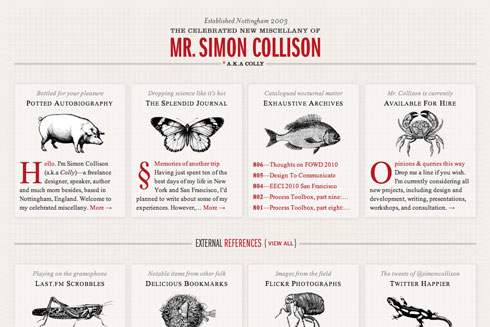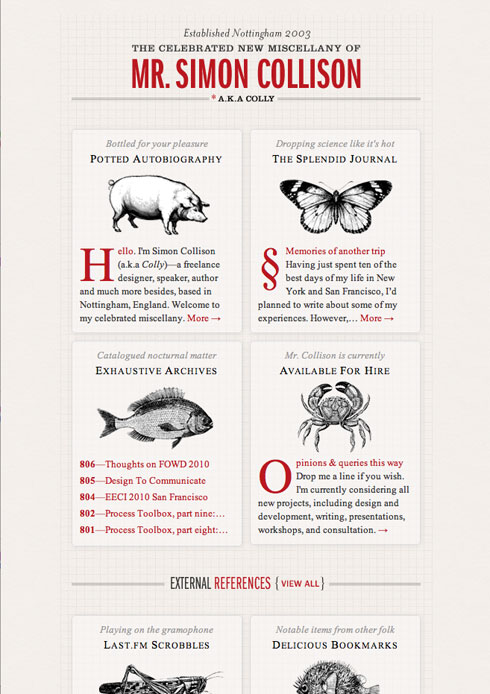THE DEATHS of Leslie Harpold and Brad Graham, in addition to being tragic and horrible and sad, have highlighted the questionable long-term viability of blogs, personal sites, and web magazines as legitimate artistic and literary expressions. (Read this, by Rogers Cadenhead.)
Cool URIs don’t change, they just fade away. When you die, nobody pays your hosting company, and your work disappears. Like that.
Now, not every blog post or “Top 10 Ways to Make Money on the Internet” piece deserves to live forever. But there’s gold among the dross, and there are web publications that we would do well to preserve for historical purposes. We are not clairvoyants, so we cannot say which fledgling, presently little-read web publications will matter to future historians. Thus logic and the cultural imperative urge us to preserve them all. But how?
The death of the good in the jaws of time is not limited to internet publications, of course. Film decays, books (even really good ones) constantly go out of print, digital formats perish. Recorded music that does not immediately find an audience disappears from the earth.
Digital subscriptions were supposed to replace microfilm, but American libraries, which knew we were racing toward recession years before the actual global crisis came, stopped being able to pay for digital newspaper and magazine descriptions nearly a decade ago. Many also (even fancy, famous ones) can no longer collect—or can only collect in a limited fashion. Historians and scholars have access to every issue of every newspaper and journal written during the civil rights struggle of the 1960s, but can access only a comparative handful of papers covering the election of Barack Obama.
Thanks to budget shortfalls and format wars, our traditional media, literature, and arts are perishing faster than ever before. Nothing conceived by the human mind, except Heaven and nuclear winter, is eternal.
Still, when it comes to instant disposability, web stuff is in a category all its own.
Unlike with other digital expressions, format is not the problem: HTML, CSS, and backward-compatible web browsers will be with us forever. The problem is, authors pay for their own hosting.
(There are other problems: the total creative output of someone I follow is likely distributed across multiple social networks as well as a personal site and Twitter feed. How to connect those dots when the person has passed on? But let’s leave that to the side for the moment.)
A suggestion for a business. Sooner or later, some hosting company is going to figure out that it can provide a service and make a killing (as it were) by offering ten-, twenty-, and hundred-year packets of posthumous hosting.
A hundred years is not eternity, but you are not Shakespeare, and it’s a start.





